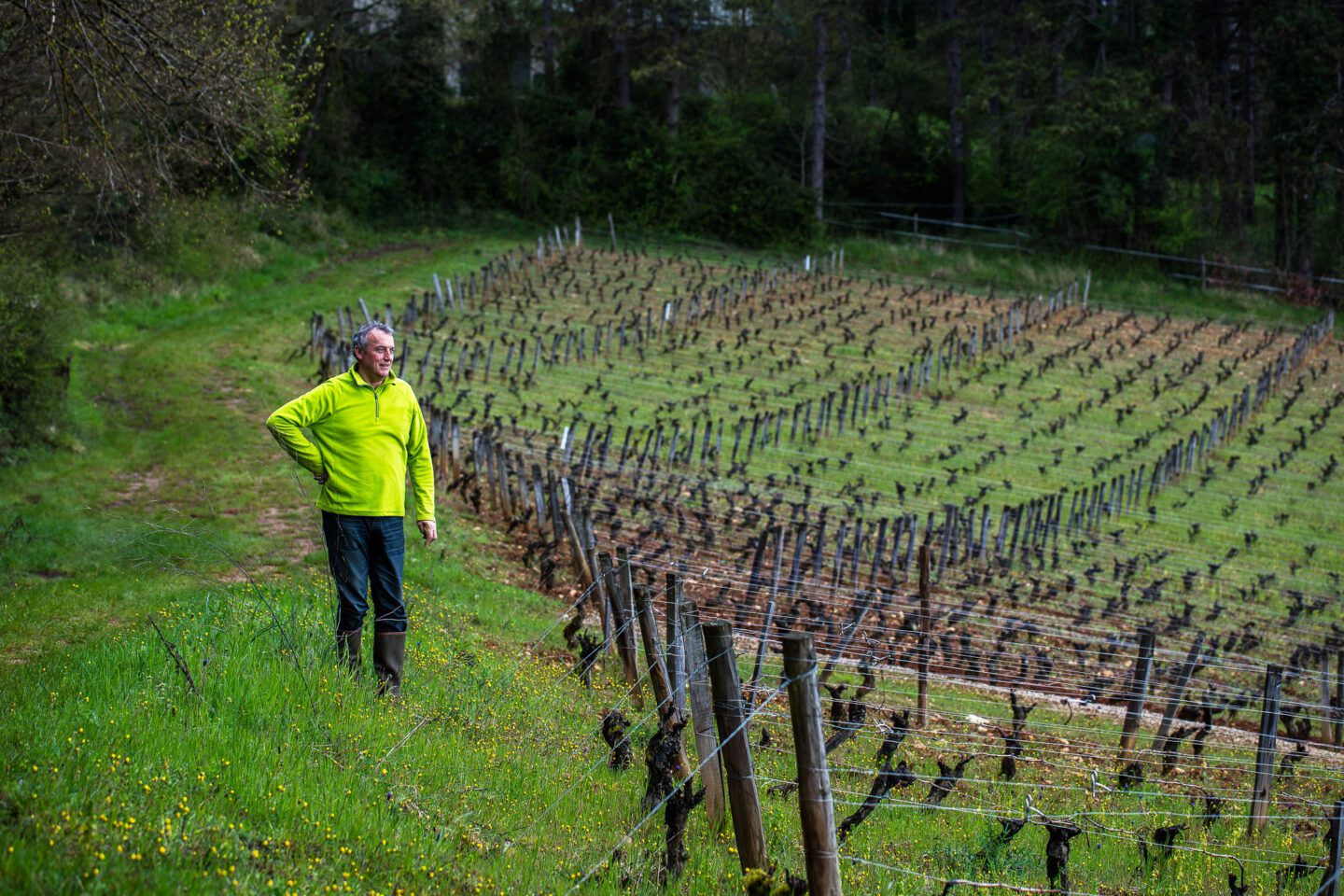
In the realm of Burgundian winemaking, there’s an almost legendary figure who embodies a unique fusion of time-honored tradition and trailblazing innovation, seamlessly married with an unyielding dedication to organic and biodynamic methodologies. This remarkable figure is Emmanuel Giboulot, a winemaker who has etched his story into the heartbeat of Beaune’s wine lore. To give you an idea of his stature, when I shared my intention to write an article on Emmanuel Giboulot, two of my friends, one a fellow winemaker and the other a wine educator, independently affirmed, “That man is a Bourgogne legend.”
I’ve been privileged to observe Giboulot’s deep-reaching influence on both our Beaune wine community and the expansive viticultural world firsthand. A particular evening remains etched in my memory—the genesis of my intimate bond with Giboulot’s wines. As my host uncorked a bottle of Giboulot’s Cuvée Lulunne and said with a knowing look, “You are going to adore this wine, I’m certain of it,” I took my inaugural sip. Its multifaceted texture and complexity held me spellbound. It was one of those fleeting moments in one’s life when time halts—you are hit by a sensory lightning bolt that forever alters your understanding of wine. Such epiphanies are a seldom occurrence, treasures to cherish.
Intrigued by the enigma of the producer behind these life-altering wines, I was unwavering in my resolve to delve deeper into the world of Giboulot. Despite the challenge of unanswered calls and emails, my perseverance paid off, and I found myself welcomed into the world of Domaine Emmanuel Giboulot. My regular visits began to peel back the layers of Giboulot’s distinctive winemaking philosophy, offering a window into the heart and soul of his Bourgogne vineyards.
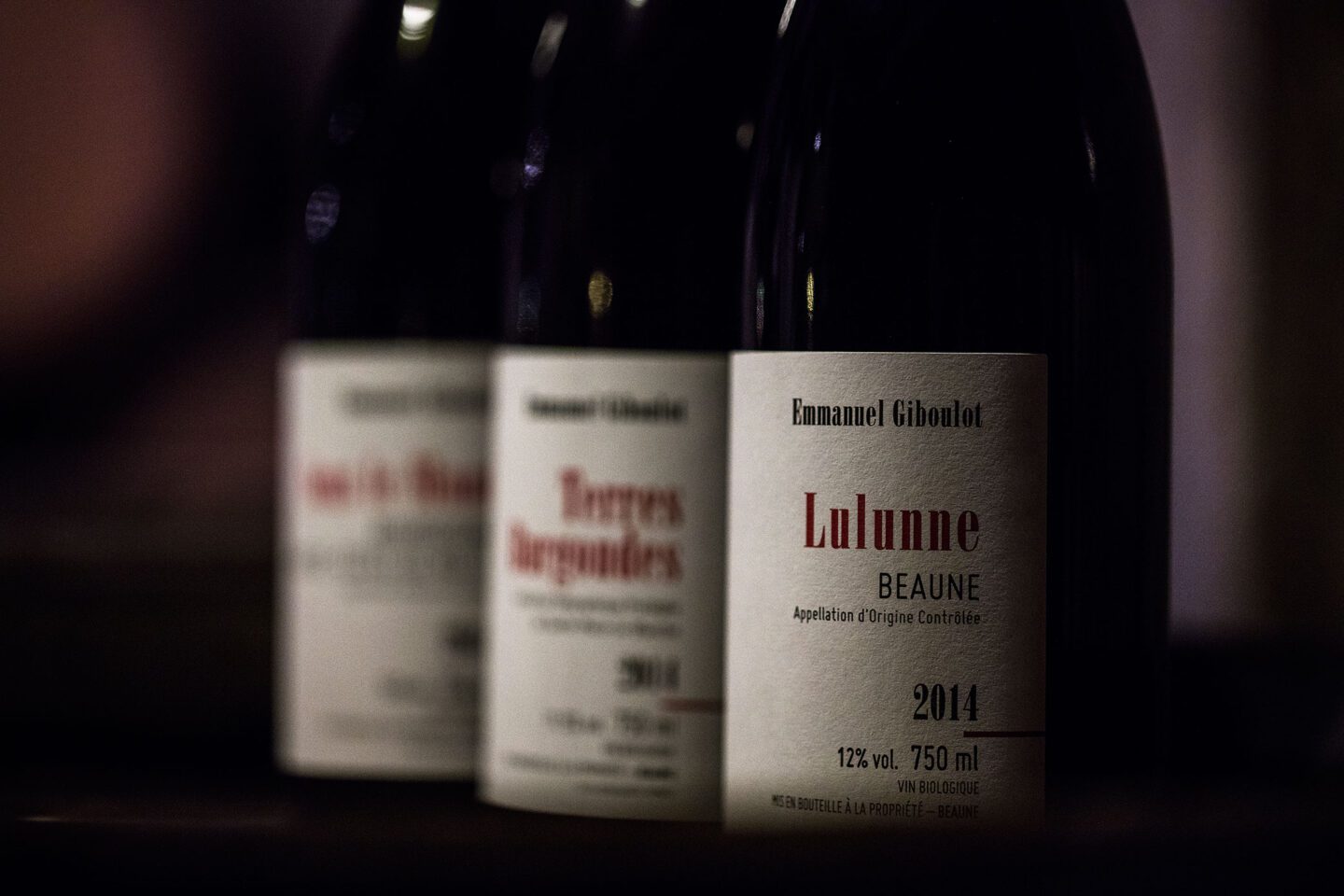
Emmanuel Giboulot’s journey into the domain of viticulture began in earnest in 1985, taking over from his father, Paul Giboulot, a pioneer of organic viticulture. However, his initiation to the world of winemaking began much earlier, immersed in the practices of plowing, composting, and using materials that nurtured the soil life and biodiversity. Expanding upon these practices, Emmanuel elevated the estate to fully biodynamic status in 1996, signalling an uncompromising commitment to sustainable and holistic farming methods.
Giboulot’s philosophy to winemaking is rooted in the concept of minimal intervention, letting the terroir—the unique combination of soil, climate, and topography of a vineyard—speak for itself in his wines. He achieves this by focusing on the natural processes of the vineyard, including using indigenous yeast for fermentation and refraining from stirring the lees. His preference for traditional methods, such as using a mechanical screw press instead of a pneumatic equivalent, is another testament to his low-intervention approach. This approach extends into the cellar, where Giboulot embraces “soft” wine maturation to allow each plot, or ‘climat’, to express its character without artifice.
Giboulot’s wines are not mere beverages—they are stories, individual characters in an unfolding narrative that changes with each vintage. The Domain produces only parcel wines, single-plot cuvées, each with a distinct personality akin to a finely crafted persona in a novel. Each wine reveals a unique character that evolves over time, offering new depths and insights with each encounter. This intricate characterisation of his wines reflects the diverse climats of Bourgogne and is a testament to Giboulot’s skillful craftsmanship.
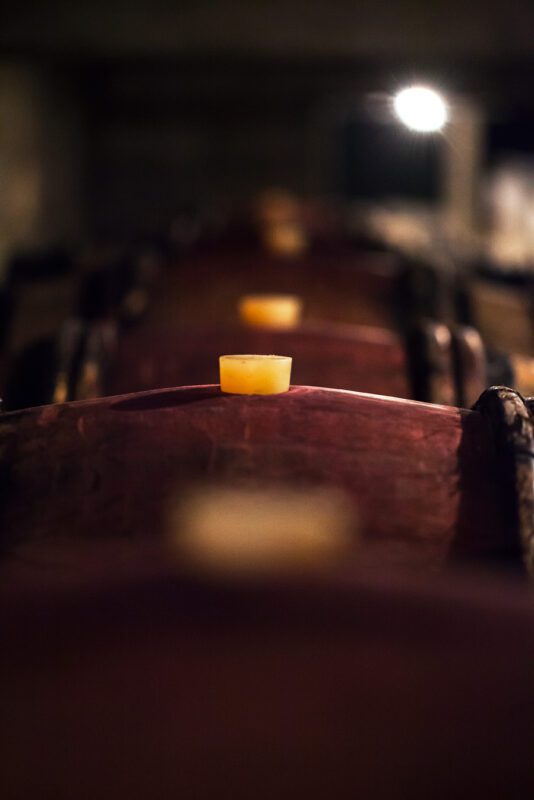
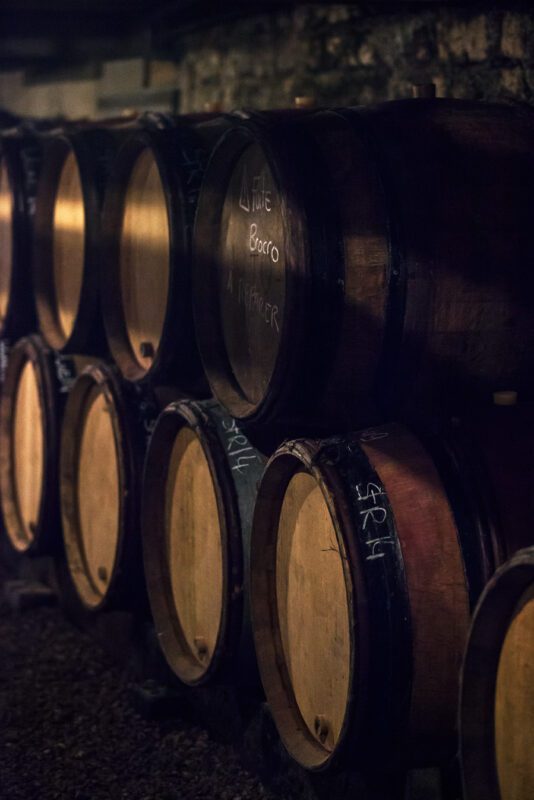
Beyond the confines of his vineyard, Giboulot’s commitment to organic and biodynamic practices has cemented his position as a staunch defender of sustainable agriculture. He made global headlines in 2014 when he defied a government mandate to spray his crops with pesticides, leading to a legal conviction that was later overturned on appeal. This act of defiance underscores his advocacy for agricultural practices that respect the environment and enhance the quality of produce.
In the academic discourse of viticulture, Giboulot’s approach to winemaking stands out for its fidelity to traditional practices and its respect for the natural attributes of the terroir. His practices reflect a deep understanding of the intricate relationships between the soil, the vine, and the biodiversity that supports them, and how these relationships translate into the quality and character of his wines.
Emmanuel Giboulot’s legacy in winemaking goes beyond producing excellent wines. His story is a testament to conviction, passion, and unwavering commitment to quality and sustainability. His wines are not just expressions of the Burgundy terroir, but a reflection of a man’s devotion to his craft and respect for the land. In the evolving narrative of this legendary winemaker’s journey, we look forward to each new vintage like a chapter in a book. We continue to appreciate and discover the intricate characters in the cast of his wines.
Emmanuel Giboulot’s wines, newly available through the Murielle Claudel wines portfolio, offer a harmonious connection to the Pacific Northwest’s ethos. Seattle is my hometown. Both regions share a deep commitment to environmental stewardship, sustainability, and an unyielding respect for the land. The Pacific Northwest, renowned for its farm-to-table dining, local brewing and the arts, will find a kindred spirit in Giboulot’s biodynamic wines. His dedication to organic winemaking, mirroring the Pacific Northwest’s own treasured terroirs. It’s a merging of two regions, continents apart, yet united in their commitment to preserving the integrity of the land and the purity of their biodiversity.
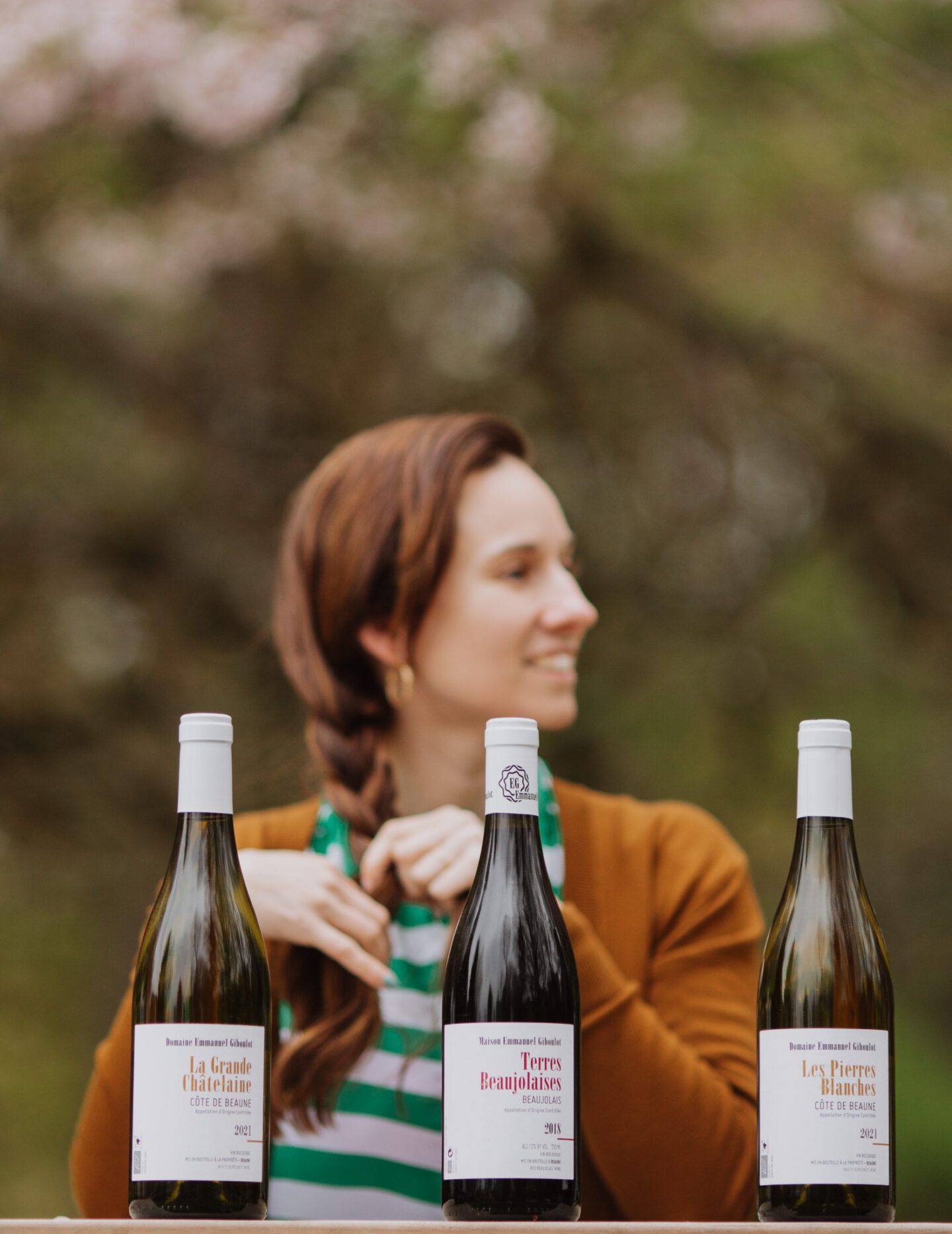
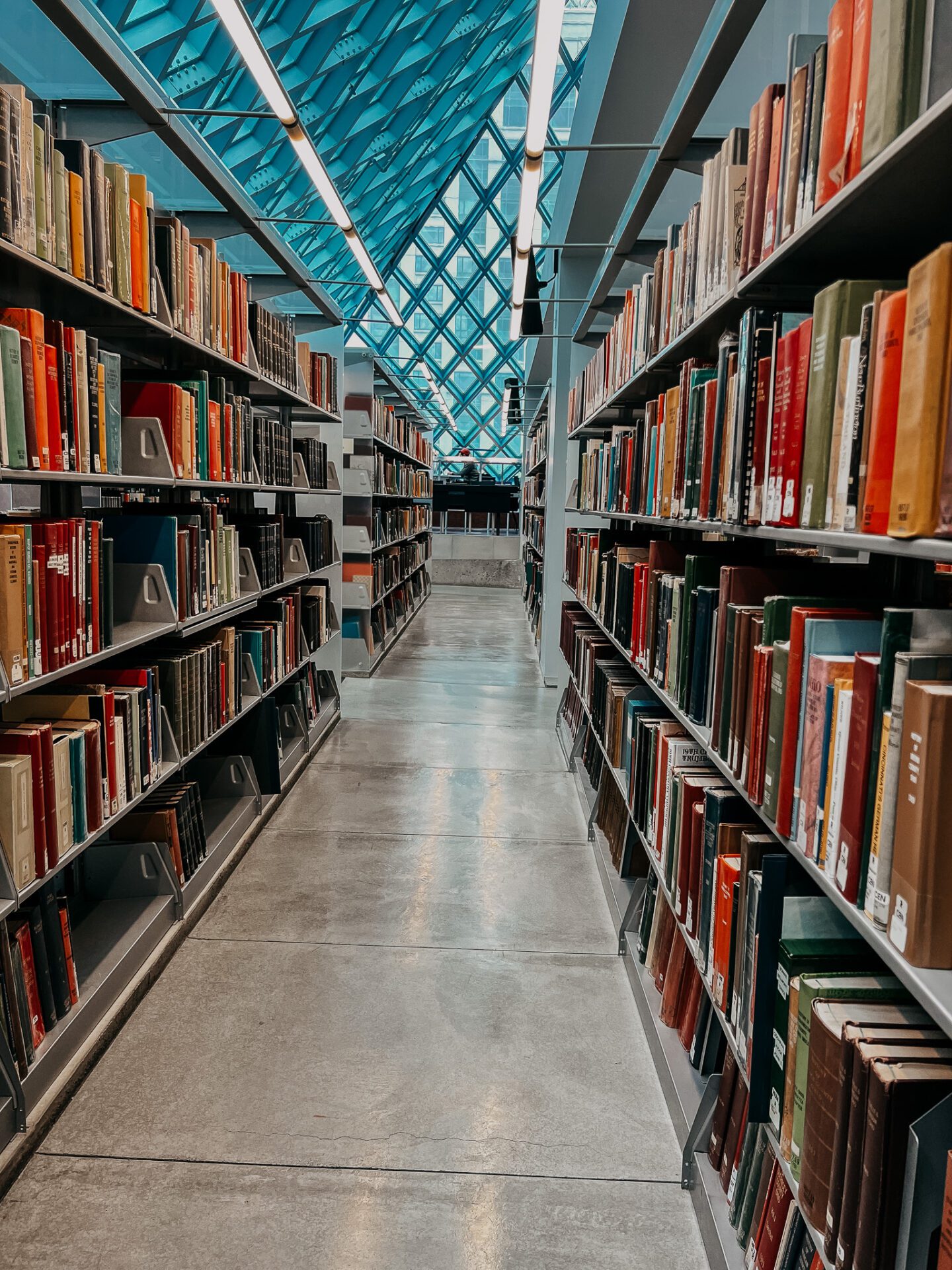
The images of the winery and vineyards you see here have been generously provided by Domaine Emmanuel Giboulot. Those striking bottle shots set against Seattle’s green scapes? Those are the artistry of Bryan Lester Photography. In 2023, I had the distinct pleasure of sharing Emmanuel Giboulot’s wines in Seattle during which time I made many special visits to the Seattle Public Library— a moment I’ve captured in a photo that feels like the perfect addition to our story.
This blog remains ad-free thanks to the generous support of readers like you. If you found value in this article, please consider sharing it with others and subscribing to our newsletter to keep up with the latest posts. Your support helps us continue providing high-quality content without the distraction of advertisements. Photos of the winery and vineyards were provided by Domaine Emmanuel Giboulot. Seattle bottle shots by Bryan Lester Photography.